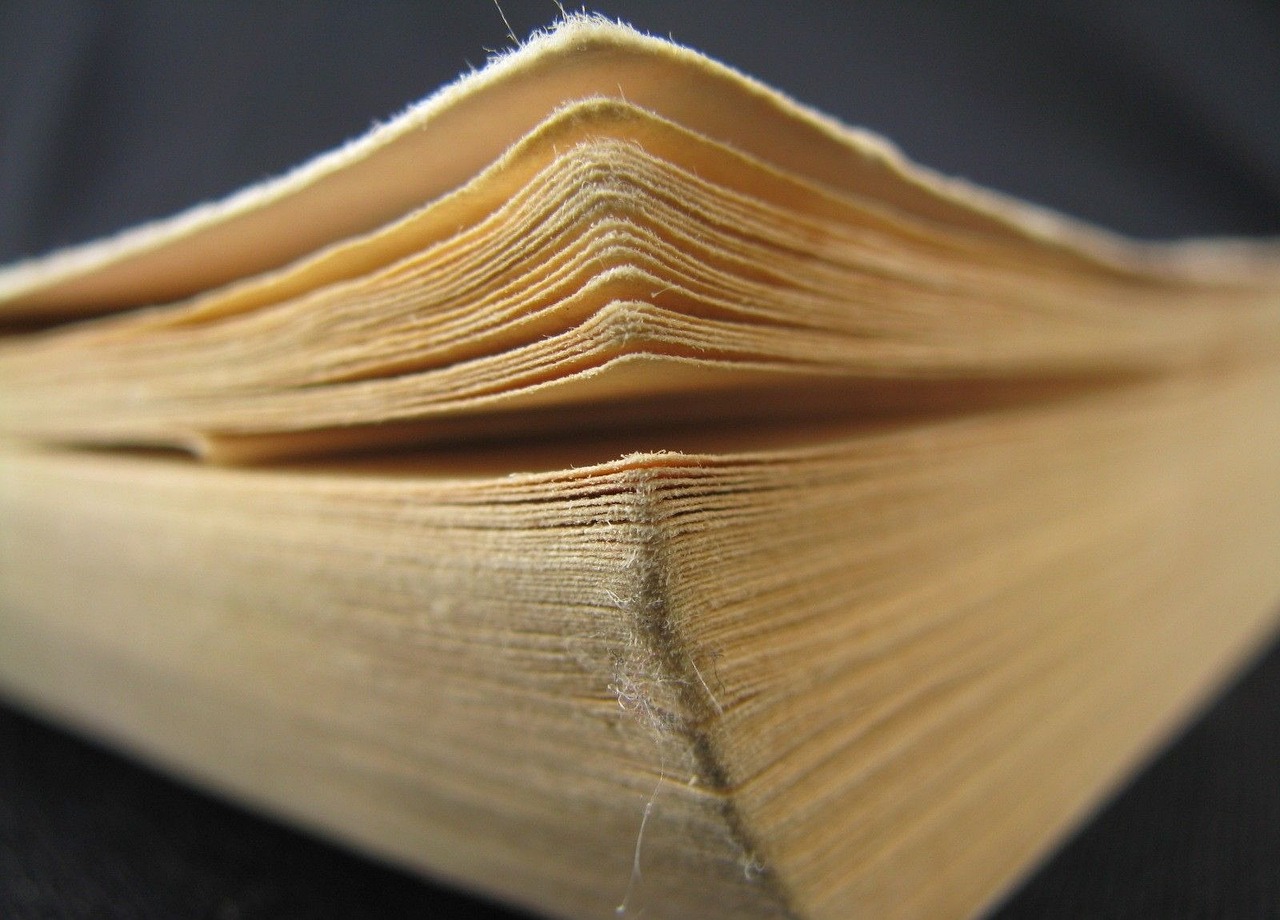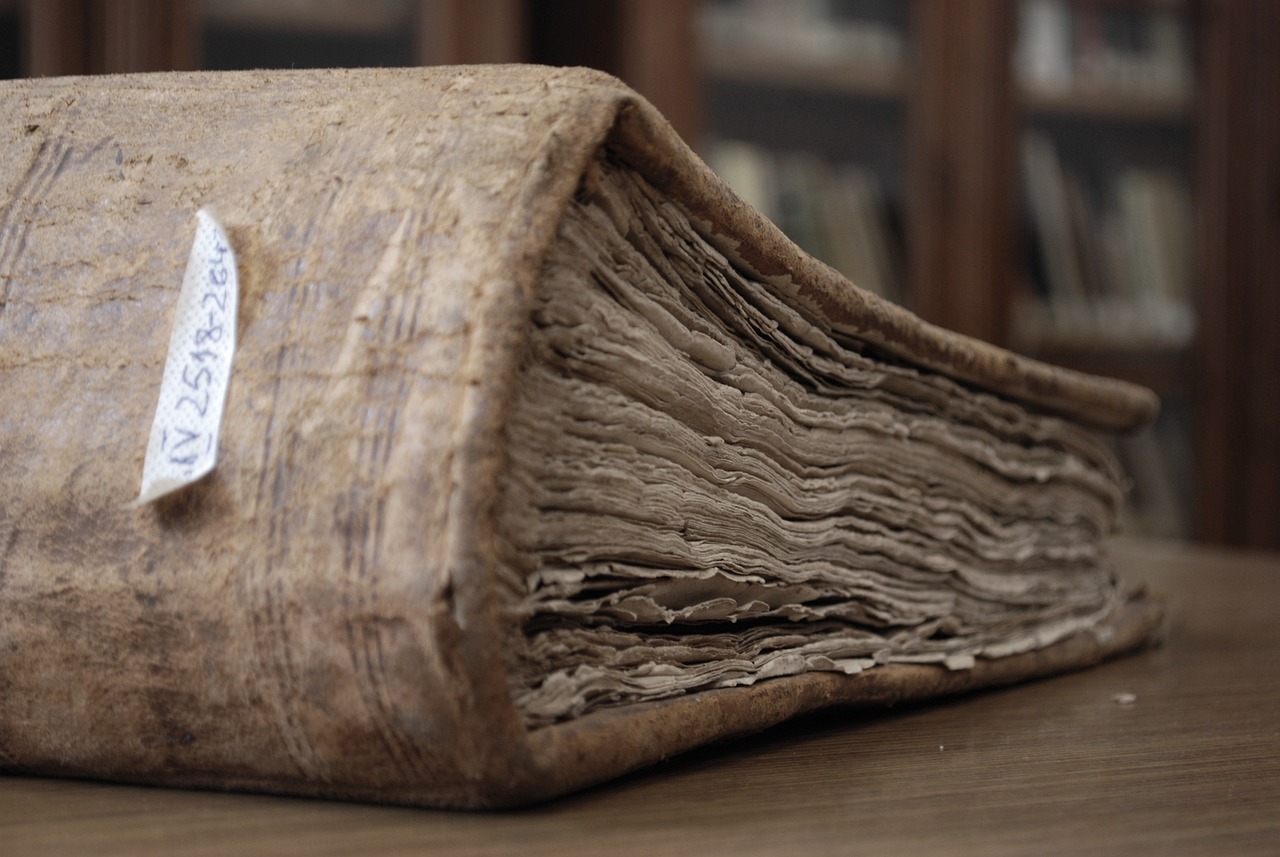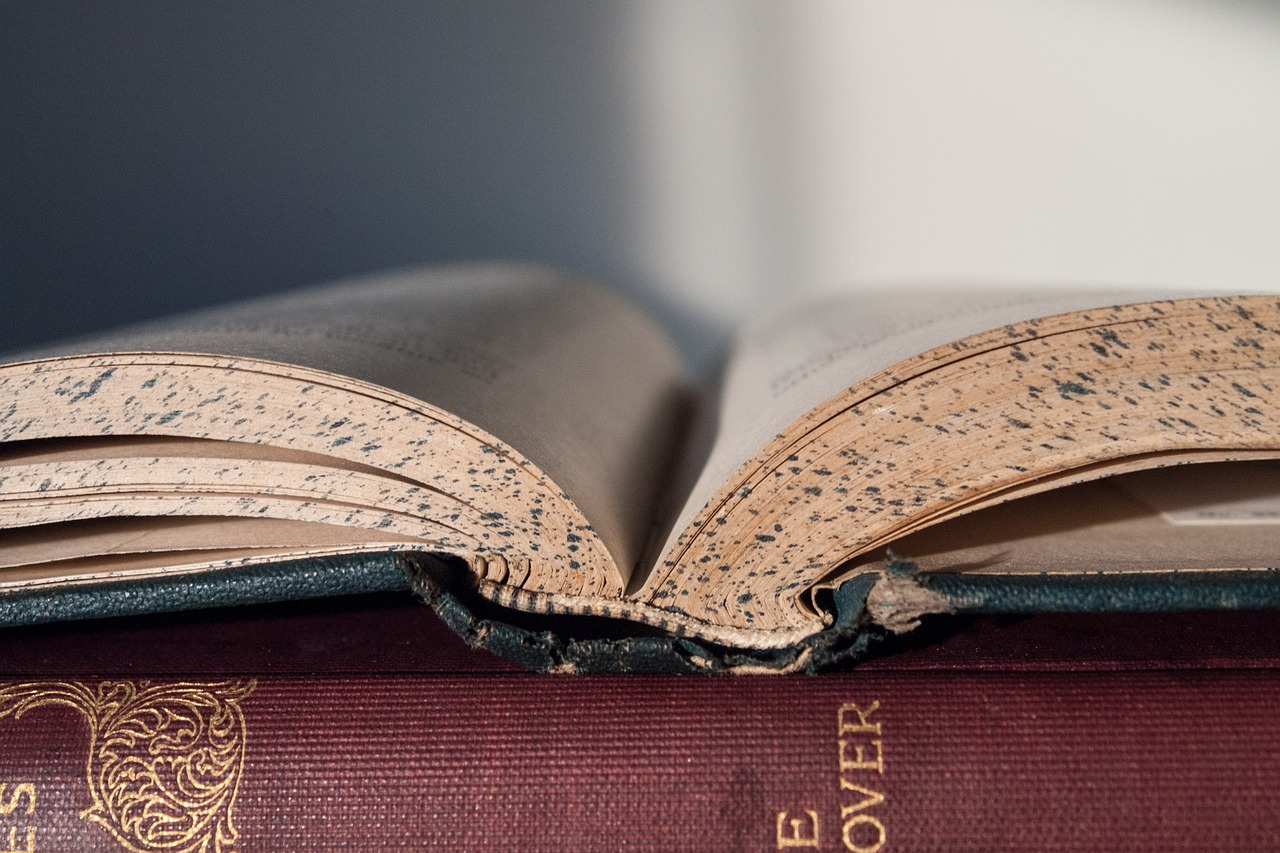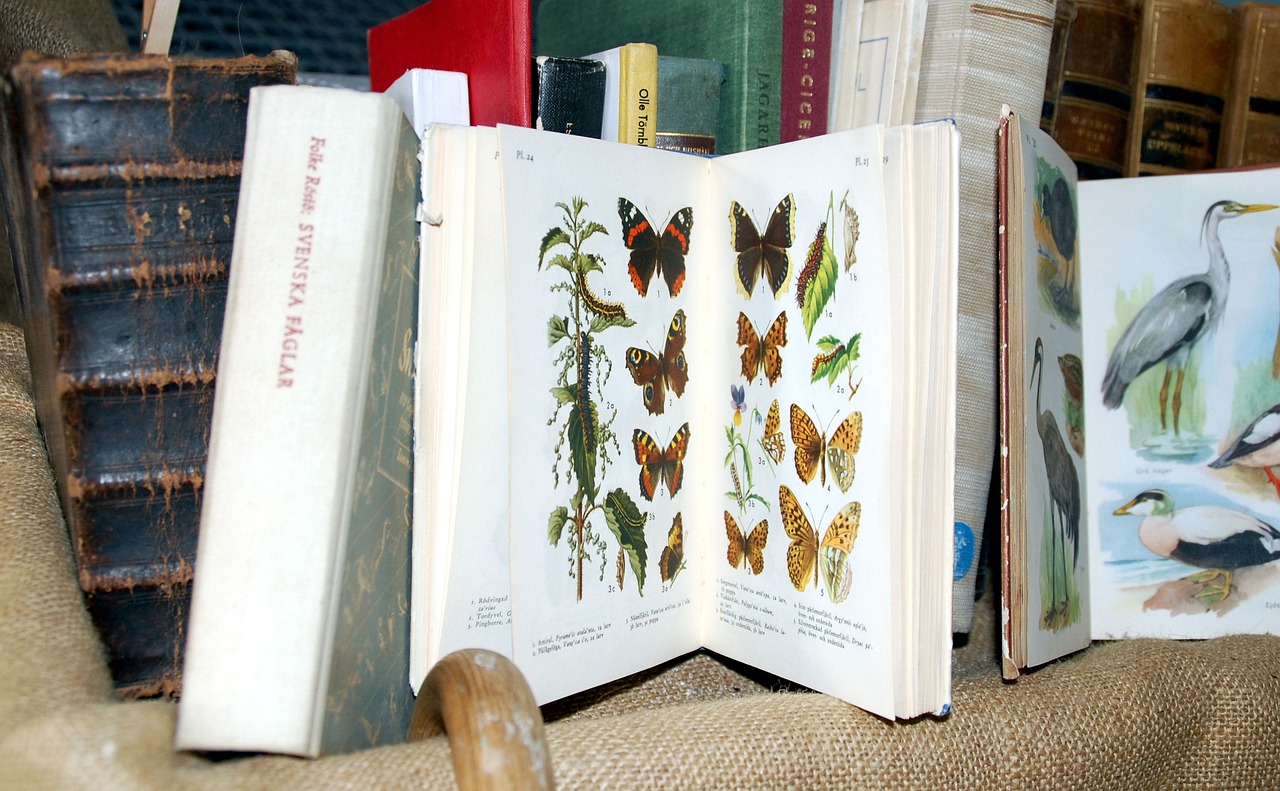So you think you’re into history? Well, wait till you hear about „Nadzory archeologiczne” in Polis - trust me, it’s next level stuff. These archaeological surveys are more than just digging up relics and dusty tombs, they’re a window into the past that’ll blow your mind. Get ready to dive deep into the world of Polis archaeology, because you’re about to uncover some seriously cool stuff. Let’s do this!
Co to są nadzory archeologiczne
Nadzory archeologiczne są jednym z kluczowych elementów procesu badawczego prowadzonego przez archeologów. Polegają one na regularnym monitorowaniu prac budowlanych czy innych działań, które mogą potencjalnie wpłynąć na zabytki archeologiczne znajdujące się w danym obszarze.
Podczas nadzorów archeologicznych archeolodzy starają się zabezpieczyć i zachować odkrycia archeologiczne, chroniąc je przed zniszczeniem lub uszkodzeniem. W przypadku znalezienia artefaktów lub śladów historycznych, prowadzone są dalsze badania oraz dokumentacja, aby lepiej zrozumieć historię i kulturę danej okolicy.
Głównym celem nadzorów archeologicznych jest zapewnienie ochrony dziedzictwa kulturowego oraz umożliwienie dalszych badań nad przeszłością. Dzięki temu naukowcy mogą pozyskać cenne informacje na temat życia w dawnych czasach oraz ewolucji ludzkiego osadnictwa.
Archeolodzy przeprowadzający nadzory muszą być doskonale wyposażeni w wiedzę oraz narzędzia niezbędne do wykonywania swoich obowiązków. Muszą być również w stanie szybko reagować w przypadku nagłych sytuacji, aby zapobiec ewentualnym uszkodzeniom zabytków archeologicznych.
Często nadzory archeologiczne są wymagane przez prawo jako warunek wykonania danego projektu budowlanego lub inwestycyjnego. Dzięki nim można uniknąć niepotrzebnych konfliktów związanych z ochroną dziedzictwa kulturowego oraz utrzymać równowagę między postępem a zachowaniem historycznych artefaktów.
W praktyce nadzory archeologiczne mogą obejmować różne działania, takie jak: regularne inspekcje terenu, dokumentowanie znalezisk, analizę wyników badań oraz współpracę z właściwymi organami ochrony zabytków. Archeolodzy często współpracują również z firmami budowlanymi i inwestorami, aby zapewnić odpowiednią ochronę zabytków archeologicznych podczas prac budowlanych.
Ważne jest, aby świadomość dotycząca nadzorów archeologicznych rosła, aby jak najwięcej osób było świadomych znaczenia ochrony dziedzictwa kulturowego. Dzięki temu można lepiej zabezpieczyć naszą historię oraz cenne znaleziska archeologiczne dla przyszłych pokoleń.
Proces uzyskiwania zezwoleń na nadzory archeologiczne
To obtain permits for archaeological inspections in Poland, there are specific steps and procedures that need to be followed. The process can seem daunting at first, but with the right knowledge and guidance, it can be navigated smoothly.
First and foremost, it is crucial to submit a formal request for a permit to conduct archaeological inspections. This request should include detailed information about the proposed project, including the area to be inspected, the methods to be used, and the purpose of the inspection.
After submitting the request, it will be reviewed by the relevant authorities, such as the National Heritage Board. This review process is essential to ensure that the proposed inspection complies with relevant laws and regulations, and that any potential impacts on cultural heritage sites are taken into consideration.
Once the request is approved, a permit will be issued, allowing the inspection to proceed. It is important to note that permits are typically valid for a set period of time, so it is essential to adhere to the timeline outlined in the permit.
During the inspection process, it is important to document all findings thoroughly. This documentation should include detailed notes, photographs, and sketches of any artifacts or features uncovered during the inspection.
After the inspection is complete, a final report must be submitted to the relevant authorities. This report should summarize the findings of the inspection, including any significant discoveries, and provide recommendations for future actions.
Overall, the process of obtaining permits for archaeological inspections in Poland requires careful planning and attention to detail. By following the proper procedures and guidelines, researchers can ensure that their inspections are conducted responsibly and in compliance with relevant laws and regulations.
Znaczenie nadzorów archeologicznych w badaniach terenowych
When it comes to archaeological research, conducting field surveys is crucial to uncovering the mysteries of the past. These surveys, known as archaeological supervision, play a significant role in ensuring that excavation work is carried out accurately and ethically.
One of the main purposes of archaeological supervision is to monitor the excavation process to prevent any damage to the site or artifacts. By having trained professionals on site, they can oversee the digging, recording, and preservation of all findings.
Additionally, archaeological supervision helps to interpret the significance of the discoveries made during the excavation. Supervisors can provide insights into the historical context of the site and its relation to other archaeological findings.
Moreover, archaeological supervision ensures that proper documentation is maintained throughout the excavation process. This includes keeping detailed records of the location of artifacts, any observations made during the dig, and the methods used for excavation.
Overall, archaeological supervision is essential for guiding the excavation process and preserving the integrity of archaeological sites. Without proper supervision, important historical information could be lost or misinterpreted.
Wykonywanie nadzorów archeologicznych podczas prac budowlanych
Nie ma dyskusji na temat ważności przeprowadzania nadzorów archeologicznych podczas prac budowlanych. To nie tylko obowiązek prawny, ale także szansa na odkrycie niezwykłych artefaktów historycznych. Gwarantuje to również ochronę dziedzictwa kulturowego i zapobiega przypadkowemu uszkodzeniu wartościowych znalezisk.
Podczas nadzorów archeologicznych eksperci starają się jak najlepiej zabezpieczyć obszar budowy, aby zapobiec ewentualnym zniszczeniom. Korzystają z zaawansowanych technologii i metod badawczych, aby możliwie precyzyjnie zlokalizować potencjalne znaleziska.
Wielu ludzi nie zdaje sobie sprawy, jak fascynujące mogą być odkrycia dokonywane podczas nadzorów archeologicznych. Każdy przedmiot, każda struktura czy nawet fragment kości może kryć w sobie niezwykłą historię z przeszłości. Dlatego właśnie tak istotne jest, aby nadzory były przeprowadzane rzetelnie i profesjonalnie.
Podczas nadzorów archeologicznych ważne jest zachowanie odpowiedniej dokumentacji, która pozwala na udokumentowanie znalezisk oraz procesu ich odkrywania. To pozwala nie tylko na późniejsze badania, ale także na udostępnienie informacji szerszej publiczności.
Wnioski płynące z nadzorów archeologicznych mogą mieć ogromne znaczenie dla dalszych badań nad historią danego obszaru. Dzięki nim można poznać nie tylko przeszłość, ale także lepiej zrozumieć obecność i planować przyszłość z poszanowaniem dziedzictwa kulturowego.
Kroki niezbędne do przeprowadzenia nadzoru archeologicznego
To przeprowadzenie nadzoru archeologicznego to zadanie wymagające staranności i precyzji. Bez odpowiedniego planowania i wykonania kroków, nie ma możliwości skutecznego przeprowadzenia takiej operacji. Pamiętaj o poniższych krokach, które są niezbędne do przeprowadzenia nadzoru archeologicznego:
-
Planowanie: Pierwszym krokiem jest określenie obszaru, który zostanie poddany nadzorowi archeologicznemu. Należy stworzyć szczegółowy plan działań, uwzględniający wszelkie potrzebne zezwolenia i dokumentację.
-
Dokumentacja: Ważne jest sporządzenie dokumentacji fotograficznej oraz pisemnej, aby zabezpieczyć wszelkie znalezione artefakty i ślady.
-
Przygotowanie sprzętu: Upewnij się, że masz odpowiedni sprzęt do przeprowadzenia nadzoru archeologicznego, takie jak łopaty, pędzle, sitemetry oraz kamery.
-
Pomiary i mapy: Wykonaj precyzyjne pomiary terenu oraz stwórz mapy, które pozwolą Ci dokładnie zarejestrować i zidentyfikować znalezione artefakty.
-
Ochrona znalezisk: Zapewnij odpowiednią ochronę dla odkrytych artefaktów, aby uniknąć ich zniszczenia lub uszkodzenia.
-
Analiza i interpretacja: Po zakończeniu nadzoru archeologicznego, przejdź do analizy zebranych danych i artefaktów. Spróbuj zinterpretować ich znaczenie i związek z historią danego obszaru.
Wierzcie mi, jeśli podejdziecie do tych kroków z odpowiednią starannością i zaangażowaniem, przeprowadzanie nadzorów archeologicznych będzie dla Was fascynującym i wartościowym doświadczeniem!
Techniki i narzędzia używane podczas nadzoru archeologicznego
Podczas nadzoru archeologicznego, archeolodzy wykorzystują różnorodne techniki i narzędzia, które pomagają im w badaniach terenowych i analizie znalezisk. Poniżej znajdziesz kilka przykładów popularnych metod używanych podczas prac archeologicznych:
- Sondowanie geofizyczne: Pozwala na obrazowanie struktury podziemnej bez konieczności wykonywania wykopalisk. Dzięki tym badaniom można precyzyjnie określić lokalizację potencjalnych stanowisk archeologicznych.
- Wykop ręczny: Kluczowy element prac archeologicznych, polega na ręcznym wykopywaniu warstw ziemi w poszukiwaniu artefaktów i struktur archeologicznych.
- Laser skaning: Technika pozwalająca na precyzyjne mapowanie terenu przy użyciu laserowego skanera. Wykorzystywana do tworzenia trójwymiarowych modeli archeologicznych.
Ponadto, niezwykle istotnym narzędziem podczas nadzoru archeologicznego jest również dokumentacja terenowa, która obejmuje m.in. fotografowanie, rysowanie szkiców oraz sporządzanie raportów z badań. Dzięki temu możliwe jest zachowanie pełnej wiedzy na temat przeprowadzonych prac oraz odkrytych artefaktów.
Tabela z przykładowymi narzędziami używanymi podczas nadzoru archeologicznego:
| Nazwa narzędzia | Zastosowanie |
|---|---|
| Lupe archeologiczna | Pomocna przy analizie detali na znaleziskach |
| GPS | Do precyzyjnego określenia lokalizacji stanowisk |
| Pędzel archeologiczny | Do delikatnego oczyszczania i eksponowania znalezisk |
Znaczenie dokumentacji w nadzorach archeologicznych
W pracy nadzorczej archeologów dokumentacja odgrywa kluczową rolę. To właśnie dzięki niej możliwe jest utrwalenie i interpretacja odkrytych artefaktów oraz struktur archeologicznych. Niekiedy dokumentacja jest wręcz jedynym śladem po obiekcie, który po przeprowadzeniu prac zostaje zniszczony. Dlatego też warto poświęcić odpowiednią uwagę temu aspektowi nadzorów archeologicznych.
W skład dokumentacji wchodzą różnorodne elementy takie jak:
- raporty z badań,
- szkice terenowe,
- zdjęcia,
- plan sytuacyjny,
- wykazy znalezisk.
Każdy z tych elementów wnosi cenne informacje na temat odkrytych obiektów oraz sposobu ich zlokalizowania i zbadania. Dzięki solidnej dokumentacji możliwe jest również przeprowadzenie analizy i interpretacji danych po zakończeniu prac terenowych.
| Nazwa Dokumentu | Znaczenie |
|---|---|
| Raport z badań | Podsumowanie przeprowadzonych prac oraz analiza zespołu archeologicznego. |
| Zdjęcia | Wizualna dokumentacja stanu terenu oraz odnalezionych artefaktów. |
| Plan sytuacyjny | Ilustracja układu przestrzennego obiektów archeologicznych. |
Warto pamiętać, że staranna dokumentacja archeologiczna ma również walor edukacyjny. Poprawnie sporządzone dokumenty mogą stanowić doskonałą bazę do dalszych badań naukowych oraz poszerzania wiedzy na temat historii danej lokalizacji. Dlatego niebagatelne znaczenie ma również umiejętność precyzyjnego i dokładnego sporządzania różnorodnych dokumentów w trakcie nadzorów archeologicznych.
Zagrożenia i wyzwania związane z nadzorami archeologicznymi
One of the biggest challenges related to archaeological surveys is the potential for unexpected discoveries. When conducting a survey, it’s important to be prepared for the possibility of unearthing significant artifacts or structures that may require further investigation or protection.
Another risk associated with archaeological surveys is the potential for damage to existing artifacts or structures. It’s crucial to have a thorough understanding of proper excavation techniques and to take the necessary precautions to avoid causing harm to valuable cultural heritage.
Ensuring the safety of both the archaeological team and the site itself is also a major concern. From unstable structures to hazardous wildlife, there are a variety of risks that must be carefully managed to prevent accidents and damage.
Additionally, the logistical challenges of conducting archaeological surveys can pose significant obstacles. From securing permits and permissions to coordinating with local authorities and stakeholders, there are numerous factors that must be taken into account to ensure a successful survey.
Despite these challenges, archaeological surveys offer a unique opportunity to uncover the mysteries of the past and to preserve and protect our shared heritage for future generations. By approaching these surveys with care, caution, and respect for the site and its history, we can overcome the risks and challenges and uncover valuable insights into our collective past.
Korzyści płynące z przeprowadzenia nadzoru archeologicznego
Przeprowadzenie nadzoru archeologicznego może przynieść wiele korzyści, zarówno dla środowiska, jak i społeczności lokalnej. Jest to nie tylko obowiązek prawny, ale także sposób na ochronę dziedzictwa kulturowego oraz pozyskanie cennych informacji historycznych.
Jedną z kluczowych korzyści nadzoru archeologicznego jest możliwość odkrycia wartościowych artefaktów i dowodów przeszłości. Dzięki badaniom archeologicznym możemy lepiej zrozumieć historię danego terenu oraz sposoby życia ludzi, którzy tam kiedyś zamieszkiwali.
Warto również podkreślić, że nadzór archeologiczny pomaga w ochronie środowiska naturalnego. Dzięki odpowiedniej kontroli prac budowlanych można uniknąć zniszczenia cennych obszarów archeologicznych i przyrodniczych.
Proces nadzoru archeologicznego może również przyczynić się do rozwoju lokalnej społeczności poprzez zwiększenie świadomości historycznej oraz turystycznej. Odkrycie ciekawych artefaktów może przyciągnąć turystów i pomóc w rozwoju lokalnej gospodarki.
Warto zauważyć, że nadzor archeologiczny może być również szansą na rozwój kariery dla specjalistów związanych z archeologią. Może to być okazja do zdobycia nowych doświadczeń i poszerzenia wiedzy na temat konkretnej lokalizacji.
Wymogi prawne dotyczące nadzoru archeologicznego
When conducting archaeological surveys, it is essential to adhere to legal requirements to ensure the preservation and protection of historical sites. In Poland, the law mandates certain regulations for archaeological supervision to safeguard valuable artifacts and cultural heritage.
**** dictate that any excavation or exploration of archaeological sites must be overseen by qualified professionals. This supervision is crucial to prevent damage or destruction of important relics and structures that hold significance in understanding our past.
Archaeological supervisors must possess the necessary expertise and experience to accurately assess and document findings. They are responsible for ensuring that all activities comply with legal standards and guidelines set forth by the Polish government.
Moreover, nadzory archeologiczne must maintain detailed records of their surveys, including photographs, maps, and written descriptions. This information is vital for future research and conservation efforts, as it provides valuable insights into the history and significance of the site.
In addition to documentation, archaeological supervisors are also tasked with implementing measures to protect and preserve archaeological sites. This may include the establishment of barriers or signage to prevent unauthorized access, as well as conducting regular inspections to monitor for any signs of deterioration or vandalism.
By adhering to legal requirements and guidelines for archaeological supervision, we can ensure that our cultural heritage is safeguarded for future generations to appreciate and learn from. It is our collective responsibility to protect and preserve these valuable relics of the past, so that they may continue to enrich our understanding of history and humanity.
Współpraca z instytucjami odpowiedzialnymi za nadzory archeologiczne
Working with institutions responsible for archaeological supervision is a crucial aspect of our work here at Polis. Our team understands the importance of collaborating with these organizations to ensure that archaeological sites are properly protected and preserved for future generations.
Benefits of Cooperation:
- Access to valuable expertise and resources
- Compliance with legal regulations and guidelines
- Enhanced credibility and trust within the archaeological community
Key Players:
- National Heritage Board
- Local archaeological departments
- Research institutes and universities
Collaborative Efforts:
Our partnership with these institutions allows us to conduct thorough archaeological surveys, excavations, and research projects. By combining our efforts and expertise, we can achieve significant progress in uncovering and interpreting ancient civilizations.
Case Study:
| Site Name | Supervising Institution | Excavation Period | Findings |
|—————–|————————-|——————-|————————–|
| Ancient City A | National Heritage Board | 2018-2019 | Pottery, coins, artifacts |
Future Plans:
Moving forward, we are committed to strengthening our relationships with supervisory institutions to promote responsible and sustainable archaeological practices. Together, we can continue to uncover the mysteries of the past and preserve our cultural heritage for generations to come.
Sposoby finansowania nadzorów archeologicznych
When it comes to funding archaeological surveys, there are several ways to go about it. One common method is through government grants, which provide financial support for these important projects. These grants can cover expenses such as equipment, labor, and travel costs.
Another option is through private donations. Many individuals and organizations are passionate about preserving history and are willing to contribute financially to archaeological surveys. By reaching out to potential donors, researchers can secure the funding needed to conduct thorough investigations.
Collaborating with universities and research institutions is also a great way to finance archaeological surveys. These organizations often have access to funding sources that can support fieldwork and analysis. By forming partnerships with academic institutions, researchers can leverage their resources and expertise to conduct high-quality surveys.
Additionally, crowdfunding has become a popular method for financing archaeological projects. Platforms like Kickstarter and GoFundMe allow researchers to raise money from a large number of people who are interested in supporting their work. This grassroots approach can help fund surveys that might not otherwise receive financial backing.
Ultimately, the key to successfully financing archaeological surveys is to be proactive and creative in seeking out funding opportunities. By exploring a variety of sources, researchers can ensure that their projects are adequately funded and can make valuable contributions to our understanding of the past.
Problemy etyczne w pracy nadzoru archeologicznego
W dzisiejszym wpisie chciałabym poruszyć kwestię problemów etycznych, które mogą wystąpić w trakcie pracy nadzoru archeologicznego. Praca ta, choć fascynująca, nie jest pozbawiona wyzwań, zwłaszcza jeśli chodzi o zachowanie etyczne wobec znalezisk i miejsc historycznych.
Jednym z głównych problemów etycznych w pracy nadzoru archeologicznego jest ryzyko grabieży i kradzieży artefaktów. Dlatego ważne jest, aby archeolodzy i pracownicy nadzoru byli świadomi konieczności odpowiedniego zabezpieczenia miejsc badań oraz artefaktów przed niepowołanymi osobami.
Kolejną kwestią, nad którą trzeba się zastanowić, jest odpowiedni szacunek dla kultury i historii regionu, w którym prowadzone są prace archeologiczne. Archeolodzy powinni dążyć do współpracy z lokalnymi społecznościami, szanując ich tradycje i wiedzę na temat regionu.
Ważne jest także zachowanie uczciwości w procesie dokumentowania i interpretowania znalezisk archeologicznych. Archeolodzy powinni być transparentni w swoich badaniach i prezentować wyniki w sposób obiektywny, unikając nadinterpretacji czy zafałszowania faktów.
Pamiętajmy, że praca nadzoru archeologicznego to nie tylko fascynująca podróż w czasie, ale także duże wyzwanie etyczne. Dbajmy więc o odpowiednie zachowanie i postępowanie, aby zachować integralność i autentyczność naszej pracy.
Profesjonalne standardy w prowadzeniu nadzorów archeologicznych
When it comes to conducting archaeological surveys, it is crucial to adhere to professional standards to ensure accurate and reliable results. These standards are essential for maintaining the integrity of the archaeological record and preserving our cultural heritage.
One key aspect of professional standards in archaeological surveys is the proper documentation of all findings. This includes recording the location, context, and condition of artifacts, as well as keeping detailed notes on the excavation process.
Another important standard is the use of appropriate tools and techniques during the survey. This ensures that the artifacts are handled and preserved correctly, minimizing the risk of damage or degradation.
Proper training and qualifications are also crucial for conducting archaeological surveys. This ensures that the individuals involved have the necessary skills and knowledge to carry out the survey effectively and ethically.
By adhering to these professional standards, we can ensure that archaeological surveys are conducted in a rigorous and systematic manner, leading to valuable insights into our past.
Szkolenia i kursy przygotowujące do pracy nadzoru archeologicznego
Are you interested in working as an archaeological supervisor? Look no further! Our training courses are designed to prepare you for this exciting role. With a combination of theoretical knowledge and practical skills, you will be well-equipped to lead archaeological projects and oversee fieldwork.
During our courses, you will learn about the legal and ethical responsibilities of archaeological supervisors, as well as techniques for site management and recording. You will also have the opportunity to practice your skills in real-world scenarios, gaining valuable experience in the field.
Our experienced instructors will guide you through the ins and outs of archaeological supervision, providing you with the knowledge and confidence to excel in this role. Whether you are a seasoned archaeologist looking to advance your career or a newcomer to the field, our courses are tailored to meet your needs.
By completing our training, you will be ready to take on the challenges of archaeological supervision with ease. Join us today and take the first step towards a rewarding career in archaeology!
Don’t miss this opportunity to enhance your skills and expand your career prospects. Sign up for our training courses today and become a certified archaeological supervisor. Your future in archaeology starts here!
And that’s a wrap on our deep dive into „Nadzory archeologiczne” in Polis! We hope you’ve gained a better understanding of the importance of archaeological supervision and its role in preserving our cultural heritage. Remember, protecting our past is crucial for shaping our future. Stay curious and keep exploring!





















